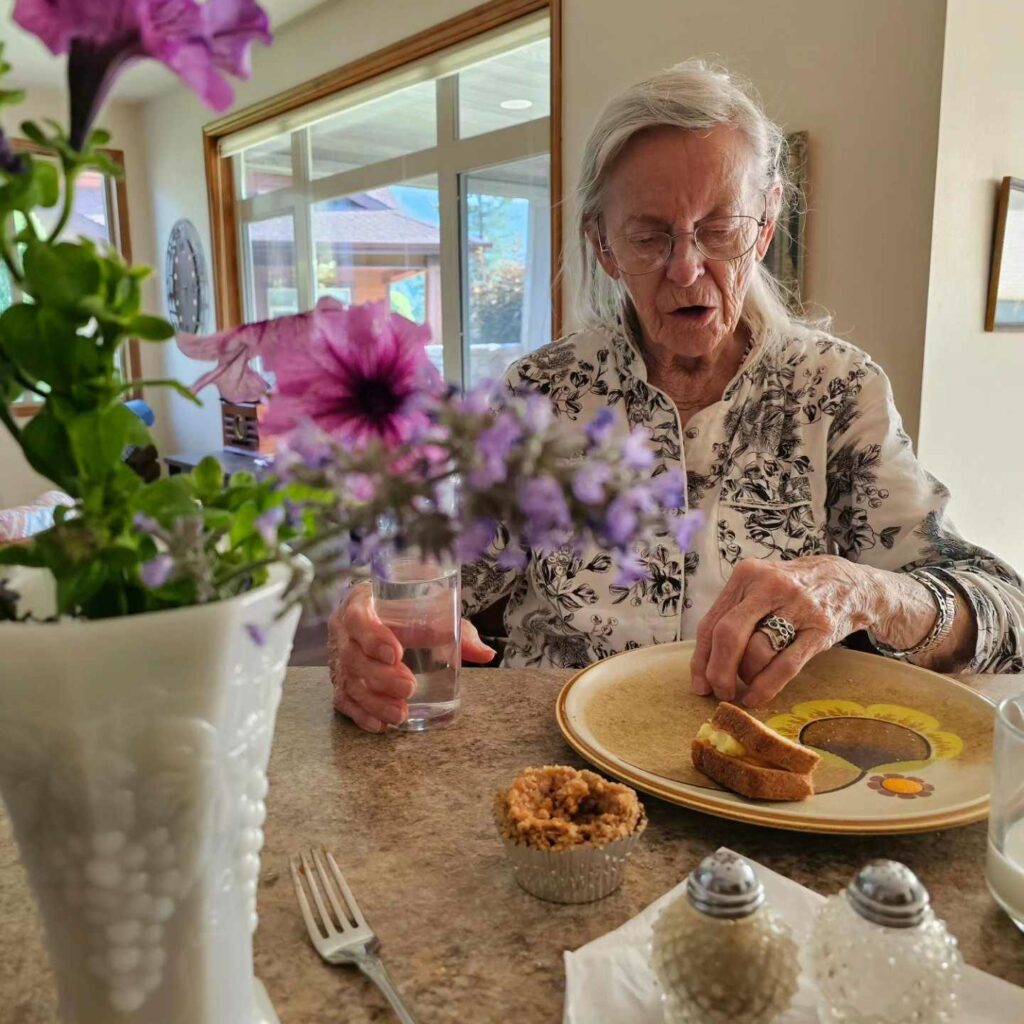Grandpa & The Scarlet Runner Bean ‘Stalk’
Like the fairy tale, the Scarlet Runner Bean I’m tending to is growing into the sky. She searches for something to cling to, maybe she’ll catch a cloud?

This was the plant that made my heart the happiest this growing season. If the chance presents itself to plant a Scarlet Runner Bean, take it! The process was so satisfying. I didn’t actually need to start the beans inside, but I did start a few in our sunroom. I acquired these seeds from a super duper seed swap that I took part in. The seeds I didn’t start inside, I simply plugged into the soil of some flower pots on my porch.
The beans all sprouted within a few days. A little heat, light and water and runner beans really do start running.



This metal sculpture was in my Grandpa’s office for years. He’s no longer with us, but I’ve been helping care for my Grandma who has dementia. One of our tasks has been to clean out her house. This piece was still upstairs in the house she lives in, so I asked if I could have it. I didn’t have a total plan for it, but I knew I wanted it in my life. My sister helped me hang it out on my porch last fall. This spring it met the Scarlet Runner Beans. I wanted the vines to grab on, and they didn’t disappoint.


Scarlet Runners are often used as ornamental plants, but they are edible and holy smokes, beans are really really good for you.

Scarlet Runner Deets
Phaseolus coccineus is the official name for this plant. The Scarlet Runner originated in Central America. She is a member of the larger family of legumes a plant species used for their edible seeds and pods.
The pods of this plant can easily grow to be a foot in length and the seeds are surprisingly gigantic, similar to a lima bean. They can be scarlet in color or a light brown, when they are young. But, the more mature seeds will sometimes be purple and black in color.
How do we use Scarlet Runners in our Family?
This plant brought so much joy to our porch. The red blooms were frequented by bees, hummingbirds, and butterflies. In fact, we had a bumblebee family living in the crack of our deck for much of the summer, they visited the most! Maybe that is why the harvest has been so successful.
I ate plenty of these beans straight off of the vine, when they were young and fresh. As the beans get bigger and the seeds become more visible (bumps in the pod) they’re better used as seeds for next growing season or stored/prepared like other dried beans. We’re going to save the seeds and share. Some of them will be for ourselves and many will be for others to plant in the spring. We have a ‘Bean Add On’ in our Rainbow Shop! We’ll add two of these beautiful beans to any order you place, while supplies last.
Benefits of Scarlet Runner Beans
Besides the fact that beans are a high nutrient food, with low-maintenance production and ease of storage they have about a billion amazing benefits. Beans are a superfood! They contain high levels of protein, while maintaining low levels of fat. They make an excellent meat substitute.
If you are a regular bean eater, you’re likely more healthy than the population of folks that don’t eat beans. Beans are high in antioxidants and phytochemicals. According to a U.S. Department of Agriculture study, many varieties of beans achieved the top 40 status for antioxidant capacities.
Scarlet Runner Beans are high in Vitamin C and folate. Vitamin C can help with iron absorption, and keep our immune systems functioning properly. Folate is a B Vitamin that aids in cell growth. There are so many other benefits to additional Vitamin C and Folate to our diets that I’m not able to cover in a short blog post. A quick internet search will tell you more.
Beans are also high in fiber, which is important because fiber helps with digestion, prevents blood sugar from spiking and reduces LDL (our bad cholesterol). To learn more about bean benefits, I suggest you visit here.
I also thoroughly enjoy the wiki page for this bean, the drawing in particular is lovely.
